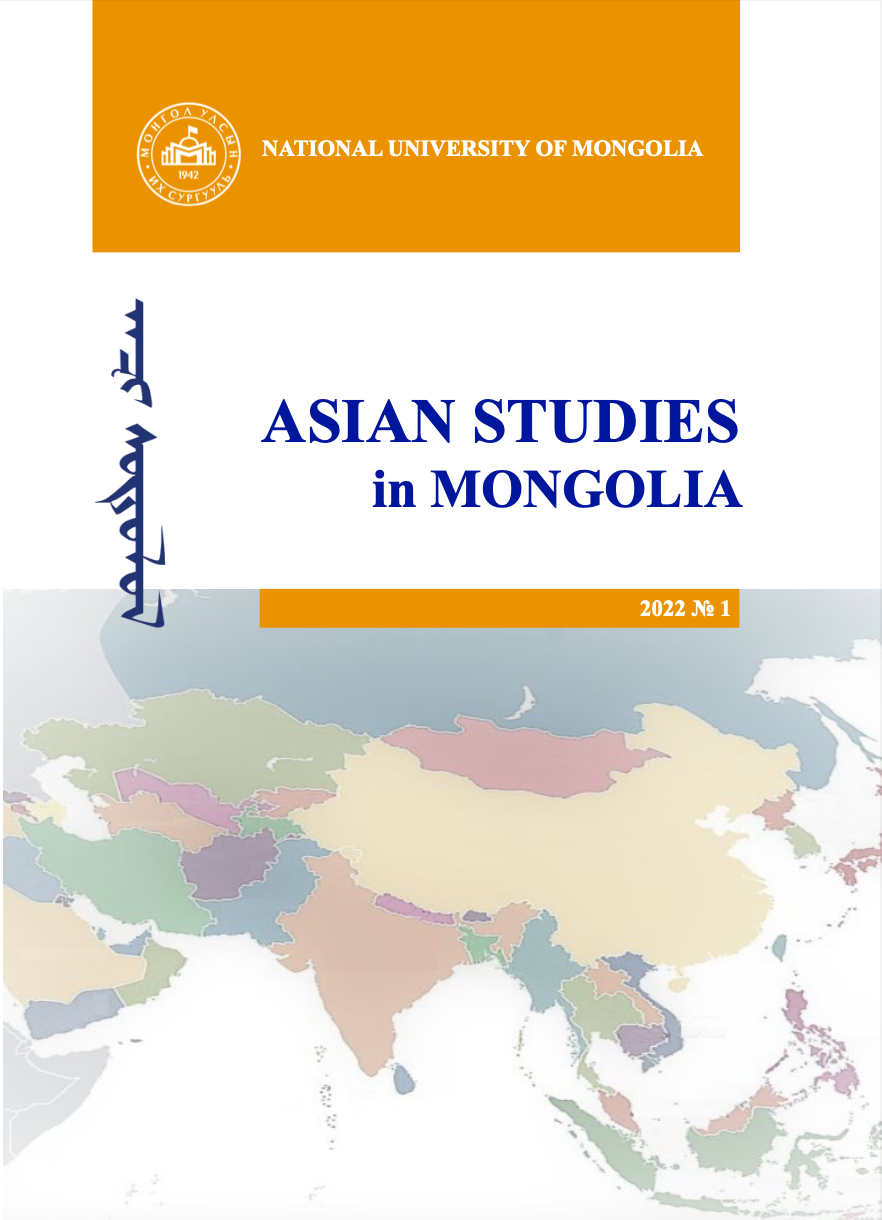Mentality Peculiarities in the Identifying Things with Animals in Chinese and Mongolian Languages (on example of human behavioral expressions)
DOI:
https://doi.org/10.22353/asinmongolia.v1i1.961Abstract
The patterns and dimensions of the nation’s thinking about phenomena, events, and characteristics vary depending on the nation’s traditional way of life, worldview, language, and culture. In the course of our research, we selected more than 100 analogies that define human behavior toward animals and livestock and attempted to compare the differences in the mentality of Chinese and Mongolian nations to a lesser extent. For instance, it is common that Mongolians often liken the five kinds of livestock which are close to their life such as a stubborn person to a “дөргүй бух” meaning “a bull without a nose-ring”, a careless person to a “тошсон бух” meaning “a bull that has left the herd and spent the winter by oneself following the grass after its estrus”, and a gentle or obedient person to a “хонины морь” meaning “a horse that is ridden to herd sheep” whereas Chinese people often liken to worms, wild animals, lions, tigers, dragons and dogs such as a feeble or clumsy person to a /落水狗/ meaning “a dog hit by water”, a careless person to a /没头苍蝇/ meaning “decapitated fly” and a skinflint or greedy person /铁公鸡/ meaning “iron rooster”.





